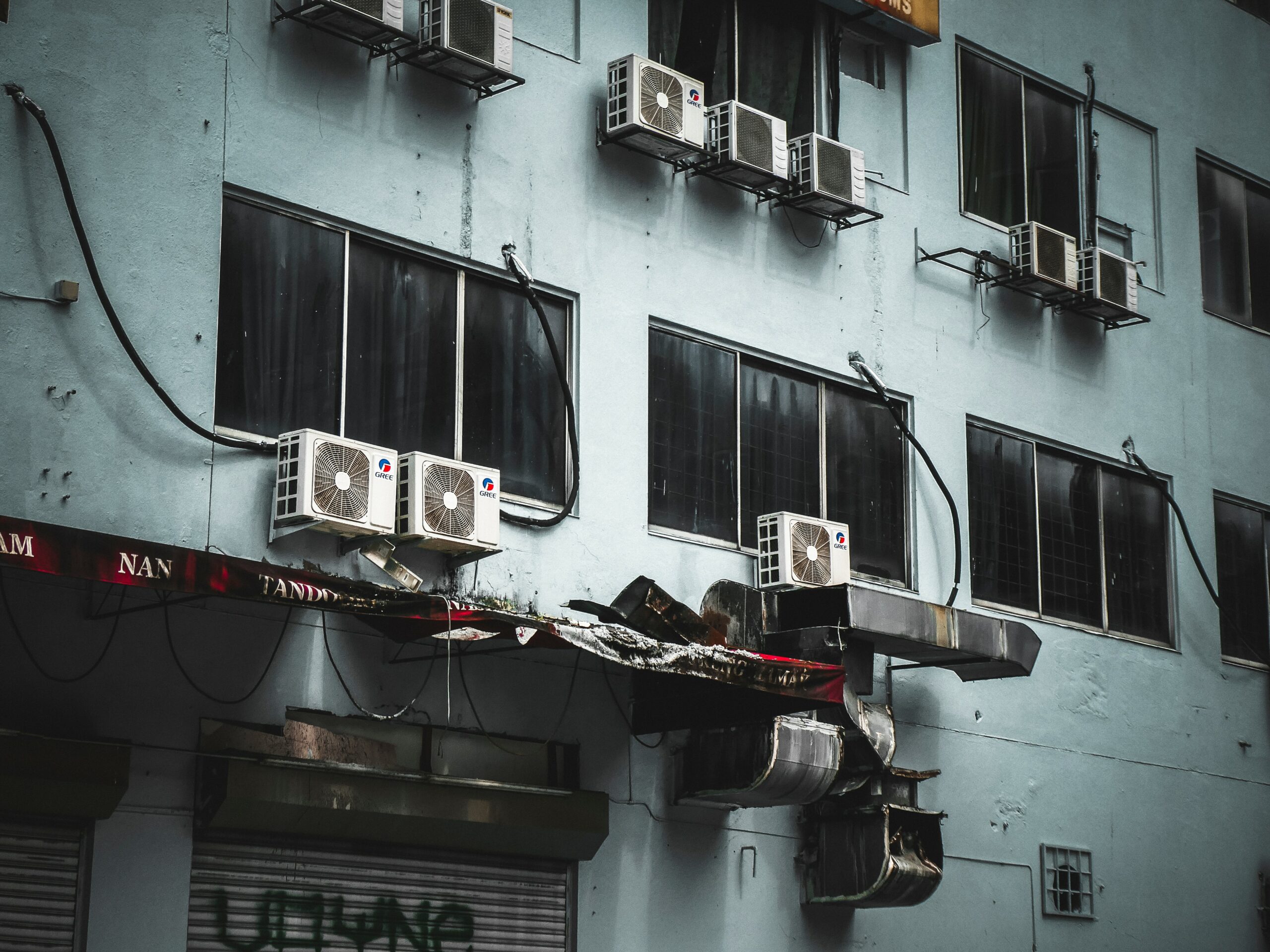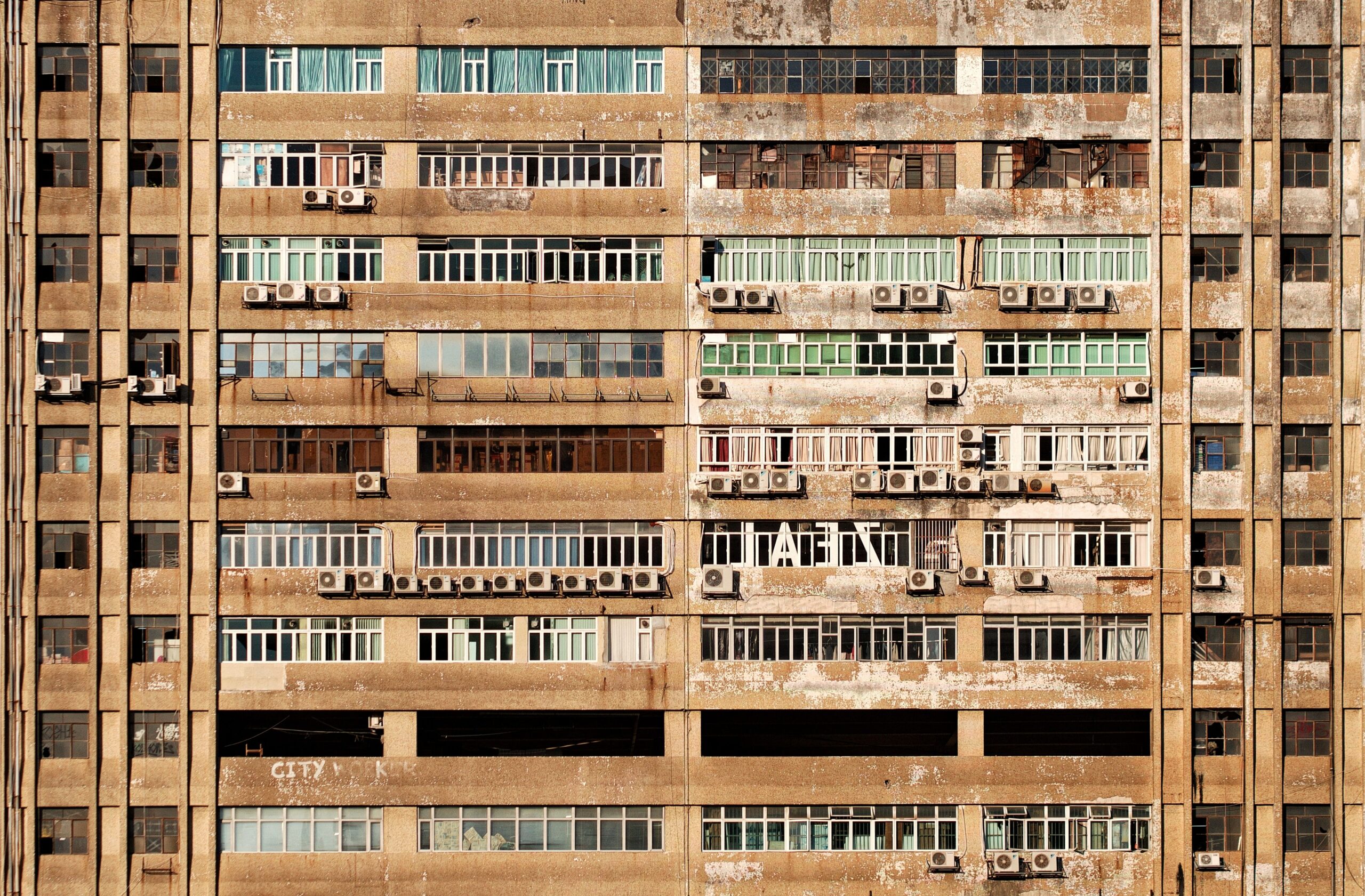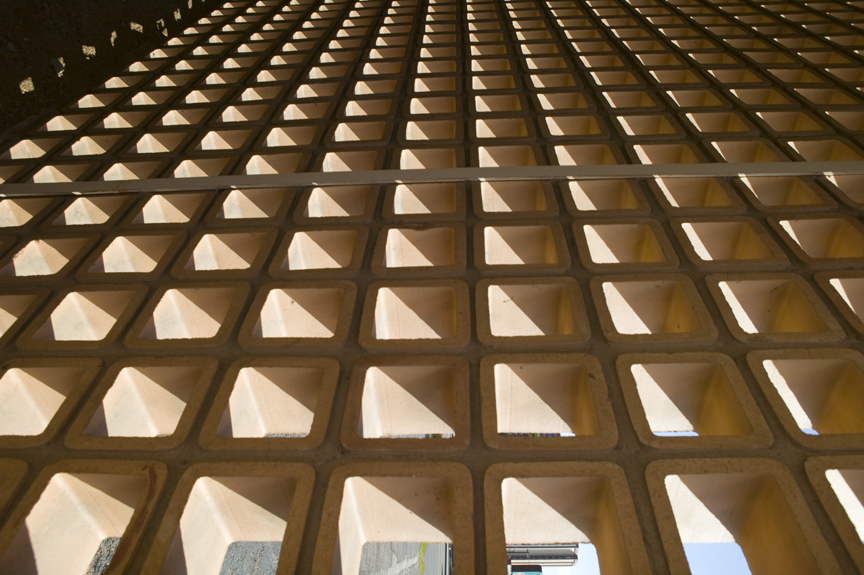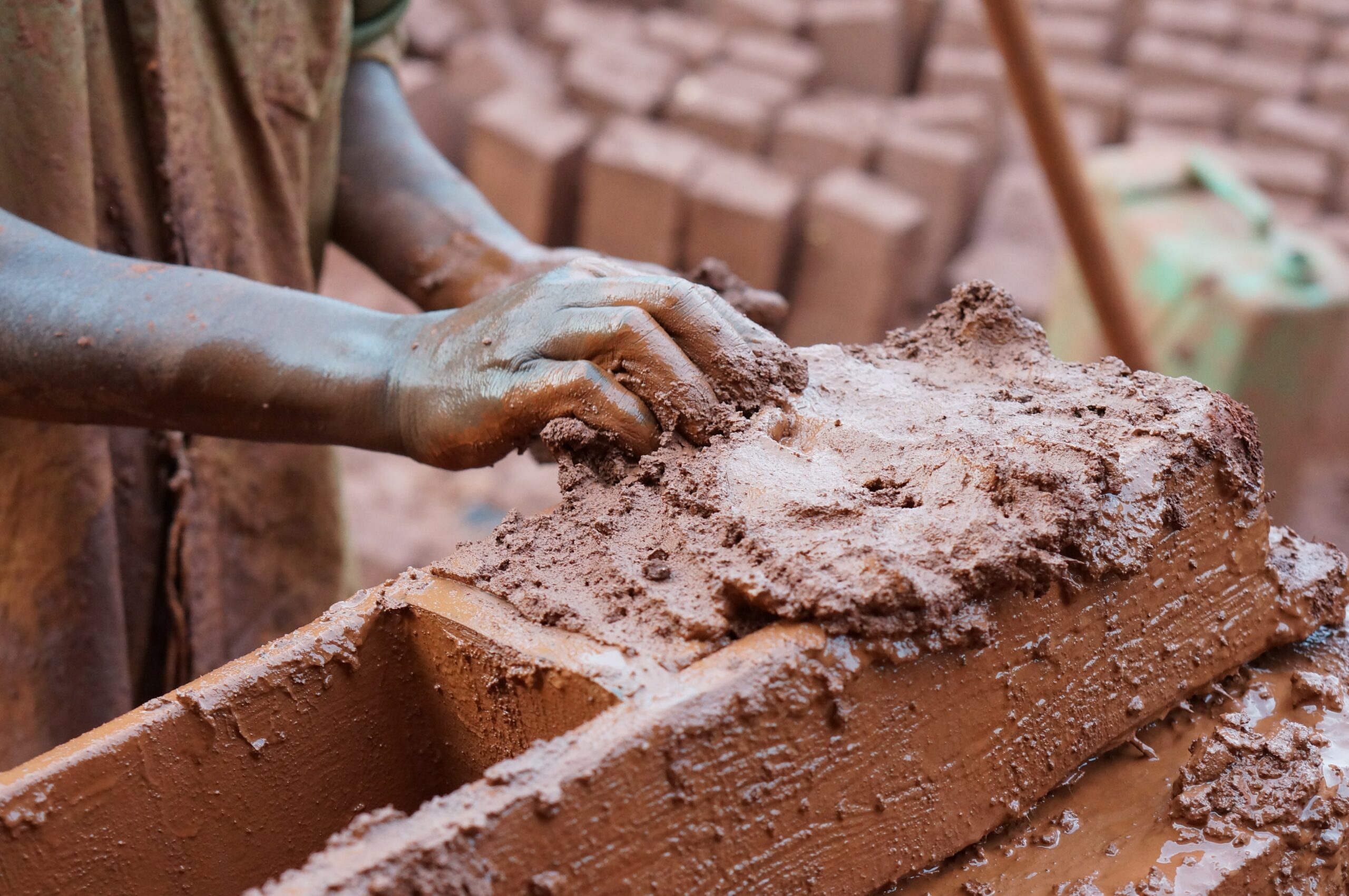
In May 2022 temperatures in India and Pakistan reached 50°C. Heat this fierce causes chaos to infrastructure, water security and also triggers irreversible cell damage within the human body. The World Meteorological Organisation (WMO) reported that this extreme event, which plunged nearly a billion people into heat stress, was made 30 times more likely due to climate change. And with extreme heat comes the need to keep cool.
As the heat waves in India and Pakistan showed, the response for those that can afford it, is to buy an air conditioner (AC). Some 24% of households in India now have air conditioning, which needs electricity to run and, as an ironic result, India’s coal production surged by 29% in April to meet forecast demand. Increasing coal use in response to extreme heat is a tragic feedback – especially as India has some of the world’s cheapest solar energy, which could match daytime cooling demand but would struggle at night.
This is one of the greatest challenges for rapid transition in our warming world: as temperatures rise, and extreme heat events become more frequent and severe, how can we keep cool without costing the Earth? Fortunately, there are buildings in some of the hottest parts of the world that show us what can be done rapidly to keep the heat at bay.

The city of Tambacounda in eastern Senegal regularly experiences temperatures of more than 40°C. Tambacounda is known as tangacounda in the local Wolof language, which translates to “house of heat”. In such sweltering conditions, Tambacounda does not seem like a place to build a new hospital and maternity ward without air conditioning (AC), one that serves 40,000 people a year – but in just three years, that is what happened.
As our world warms, extreme heat will affect more people, more often. At 2°C of warming, the number of people facing potentially fatal heat stress – a combination of high heat and humidity known as the truly horrific ‘wet-bulb’ effect – is projected to increase 15-fold to one billion people. Heat is known to exacerbate health problems, with deaths attributed to extreme heat increasing by 74% globally between 1990 and 2016. Today, nearly one-third of the global population lives in areas subject to deadly heat for at least twenty days a year, making their homes uninhabitable. If humanity were to do nothing to curtail global emissions, then three-quarters of humanity could face deadly heat waves by 2100. Extreme heat is already killing people today, but it is forecast to kill many more without drastic emissions cuts and transformations of infrastructure.
As periods of extreme heat become longer, more frequent and impact ever-more people, the need to keep cool is increasing exponentially. Currently, this need is being met through energy-intensive air conditioners that use hydrofluorocarbons (HFCs), a potent gas which is the fastest growing source of greenhouse gas emissions in every country on Earth. While HFCs do not damage the ozone layer like the previously used hydrochlorofluorocarbons (HCFCs), their climate threat is becoming hard to ignore. The global warming potency of HFC-134a, the chemical most commonly used in the air conditioning (AC) units of road vehicles, is roughly 1300 times that of carbon dioxide. One analysis estimated that a full phase out of HFCs could avoid a huge 0.5°C of future warming.

According to the IEA, air conditioning’s electricity consumption will more than triple by 2050 with two-thirds of the households on Earth projected to have an air conditioner by then. China, India and Indonesia together will account for half of all household air conditioners. The energy required to power these is roughly a quarter of the world’s total electricity consumption today. While buying more efficient AC units, which are often more expensive, could cut future energy demand in half, it does not change the fact that the need to keep cool will drive peak electricity demand in many of the world’s hottest countries.
Addressing this not only means rolling out renewable energy technologies and efficient ACs en masse, it also means looking to architecture, design and more traditional low-tech methods to stimulate a rapid transition in cooling buildings.
The hospital in Tambacounda, Senegal, draws on the climate-friendly design principles developed by Maxwell Fry and Jane Drew in the 1956 book ‘Tropical Architecture in the Humid Zone’. Built over three years, the two-storey hospital curves around the existing hospital complex built in the 1970s in a snake-like manner to maximise the number of rooms, while minimising the total building footprint. By revitalising tried and tested principles of sustainable design, this hospital is a haven from the heat.
The project has created enough space for 150 beds – triple the previous capacity – and allowed for many social spaces with seating, balconies and the only playground in this city of 180,000 people. Ensuring additional spaces for visiting family and the local community was a vital part of the design brief as the hospital gets around 40,000 patients every year from all over west Africa – including Mali, the Gambia and Guinea. With many families forced to travel long distances to get their loved ones medical attention, bringing their dependents with them, the hospital needed to provide accommodation and communal spaces. In many ways, the hospital shows what community cooling can bring to urban resilience, where shared spaces become an attainable oasis for all during fierce heat waves.

The most fundamental way that the Tambacounda hospital stays cool without the use of AC is by enabling the free-flow of air around the building. This starts with the double-skinned roof adorning the serpentine structure, which has a corrugated metal layer above a concrete one that acts as a thermal buffer. The ceilings throughout the hospital have holes that draw air up into the roof buffer out of the rooms. The hospital’s walls are made of hollow bricks that are permeable but thick, shading the interior rooms from the Senegalese sun while letting natural ventilation pass through. These cross-cooling techniques that maximise air flow mean the hospital only needs ceiling fans in order to operate in the harshest heat.
The slender footprint of the hospital also provides adding cooling. The snake-like corridors only have rooms on one side with the other side featuring perforated brick walls that allow the breeze through the building laterally while keeping the sun and rain at bay. Crucially, this natural approach to ventilation creates its own microclimate within the hospital, where the temperature differences between cooler parts of the building and warmer parts stimulates air movement, adding further cooling. It is no wonder the architect responsible for overseeing the design and delivery, Manuel Hertz, refers to the building as having “its own climate machine”.
Design and building techniques like this are nothing new and have been developed over thousands of years. While the industrial revolution ushered in mechanical ventilation systems, the current fossil fuel price crisis that is pushing up energy prices globally presents an opportunity to look back on the rich array of passive cooling systems that have popped up throughout human history.
While a Bauhaus building may seem out of place in Africa, the techniques and delivery drew extensively on local skills and knowledge to ensure that the design was fit for purpose. The architectural history of the Global South is rich with techniques and solutions for cooling as this has been a necessity for thousands of years. The architects of the Tambacounda hospital worked closely with the doctors, nurses and hospital staff to ensure the space reflected the demands of an operational hospital. The build was completed exclusively by local craftspersons and engineers from Tambacounda and the villages surrounding the city, providing employment and support for both the urban and rural economies. The manager of site, who oversaw the entire process, was a builder called Magueye Ba who was also a practising village doctor, making him extremely well placed to see the project through.

The latticed-brickwork, for instance, was decided upon because it was a building technique that local craftsmen were familiar with. Every one of the 50,000 bricks that make up the hospital were made on the site using a single mould and then painted with iron oxide. The metal work for the roofs and doors were completed in a local metal workshop. When tasked with building a test facade for the brickwork, the site manager decided that instead of just building a standalone wall that had little utility, they would instead build a small school off site for local children. The project was, in essence, a community wealth-building project to deliver a hospital, for the people by the people. Fostering and sustaining these types of skills within local economies is vital for building the type of community resilience that rapid transition demands.
The understanding that climate change is as much of a health issue as an environmental one is becoming widely accepted – and can help drive rapid transitions in a variety of sectors. Climate impacts, such as extreme heat, exacerbate many health issues, from high blood pressure to cardiovascular disease. Creating havens to escape extreme heat, which do not require vast amounts of energy, is a key way to reduce the detrimental impacts of heat stress on human health and build community resilience in the face of other climate impacts.
Buildings like the Tambacounda hospital are often based in countries that pay relatively higher prices for electricity due to centralised and frail grids that suffer from brownouts and blackouts, especially in the hotter months. Reducing these buildings’ load demand is the first step in ensuring the security of connection, so when there is a need for electricity – such as in an operating theatre – it can be met.
More importantly though, nearly one billion people worldwide still do not have access to electricity and of these people will be located in areas of the Global South that experience heat stress, which makes the challenge of scaling up low-tech, low-energy cooling solutions even greater. This is what researchers are calling the cooling energy poverty gap.
